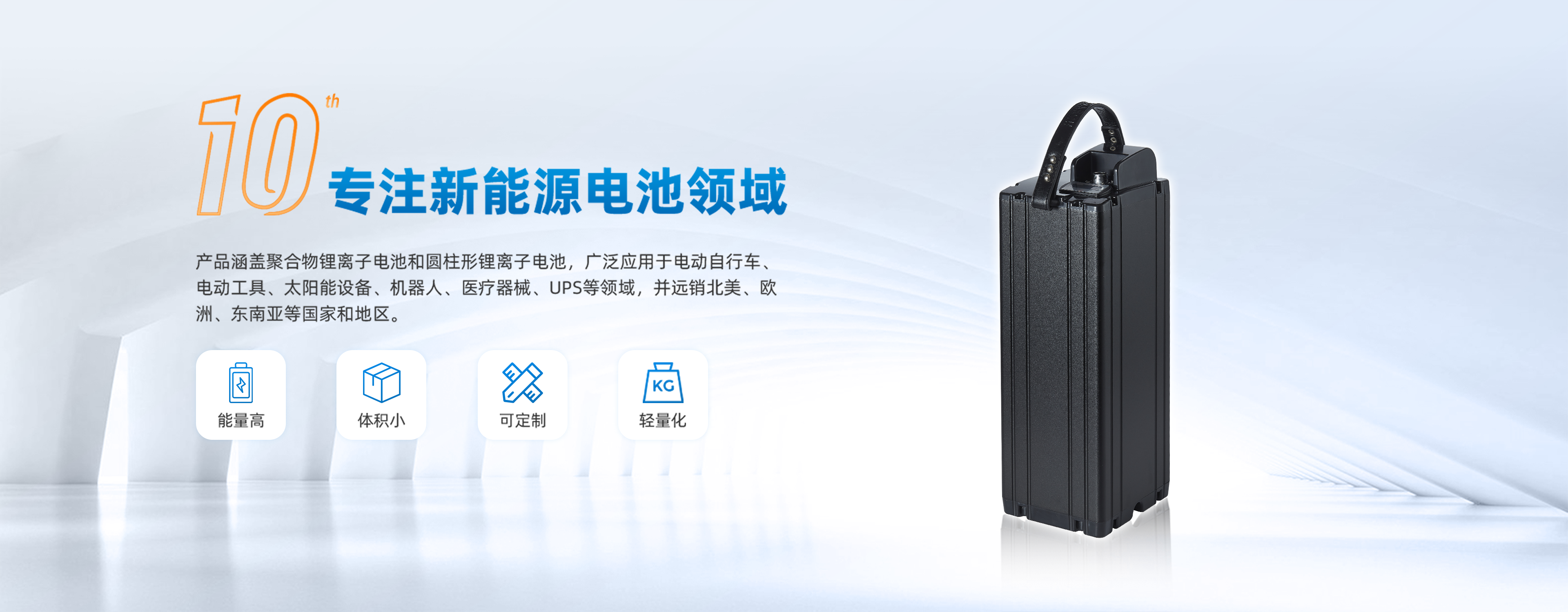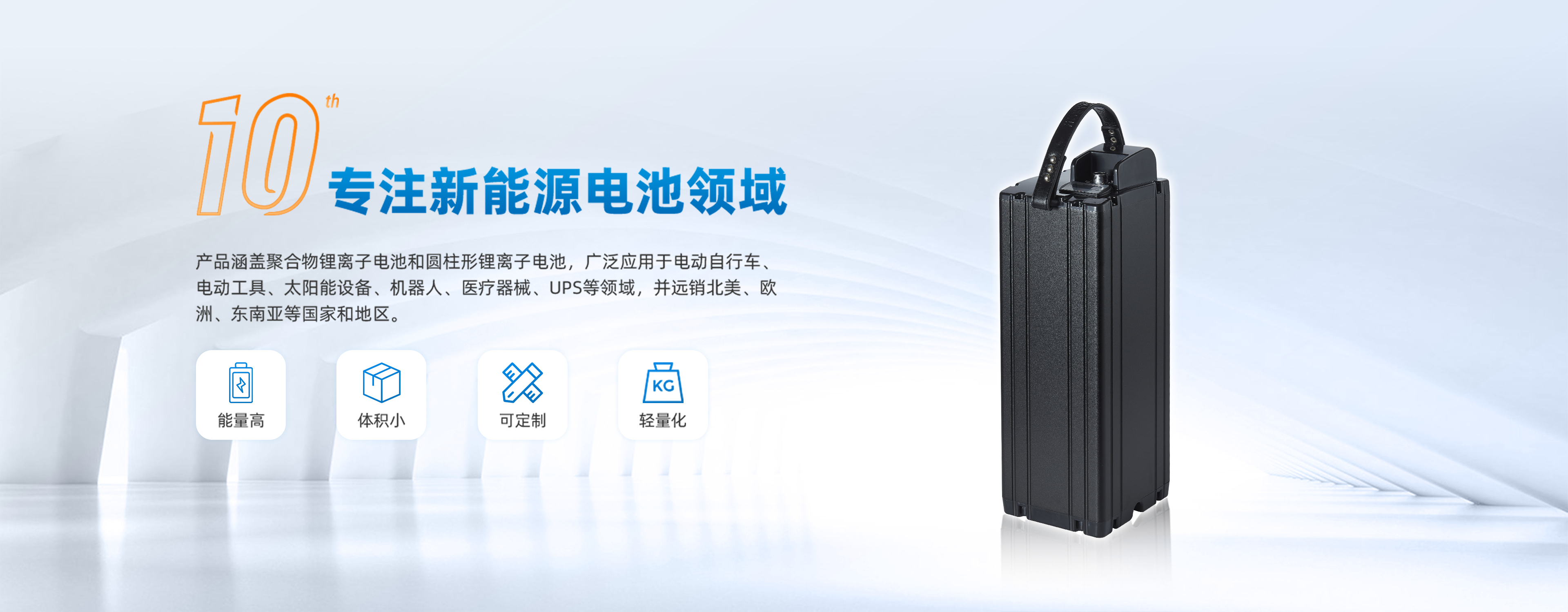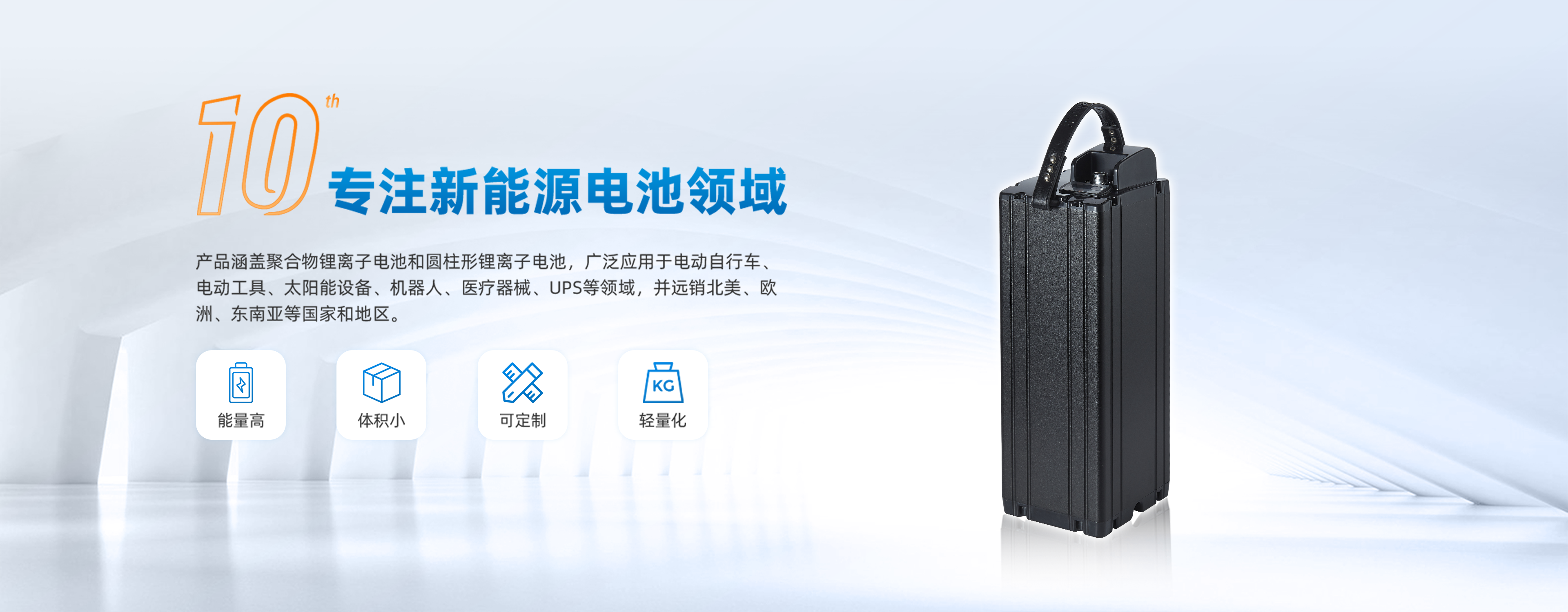
Interpretation and Application of General Specification for Lithium Ion Batteries (Gjb 4477-2002)
Parameters:
General Specification for Lithium Ion Batteries Gjb 4477-2002 Is a Comprehensive Technical Specification for Lithium Ion Batteries Formulated by China's National Military Standardization Management Department. This Standard Covers the Basic Terms, Technical Requirements, Test Methods, Safety Specifications, Logo Packaging and Other Aspects of Lithium Ion Batteries, Aiming at Standardizing the Design and Manufacturing Process of Lithium Ion Batteries and Improving Product Quality and Safety Performance, meet the Stringent Requirements of Military and High-End Civil Fields
As an important energy unit of modern electronic equipment, electric vehicles and energy storage system, the performance, safety and reliability of lithium ion battery directly affect the operation effect of the whole system. In order to unify the design, manufacture, detection and use standards of lithium ion batteries and ensure their safe and stable operation, the national military standard "General Specification for lithium ion batteries" (Code: GJB 4477-2002) came into being. This article will systematically introduce the main content and application scope of this standard, helping relevant technicians to deeply understand and accurately implement this standard.
I. Overview of standards
general Specification for lithium ion batteries GJB 4477-2002 is a comprehensive technical specification for lithium ion batteries formulated by China's national military standardization management department. This standard covers the basic terms, technical requirements, test methods, safety specifications, logo packaging and other aspects of lithium ion batteries, aiming at standardizing the design and manufacturing process of lithium ion batteries and improving product quality and safety performance, meet the stringent requirements of military and high-end civil fields.
II. Scope of Application
this standard is applicable to various models and specifications lithium ion battery, including cylindrical, square and soft pack batteries. It mainly aims at lithium-ion batteries used in power, energy storage and portable equipment, and regulates their electrical performance, mechanical performance and environmental adaptability.
III. Main content analysis
- terms and Definitions
the specification first defines the basic terms related to lithium ion batteries, such as rated capacity, charging final voltage, discharge cut-off voltage, self-discharge rate, etc., providing a unified language basis for subsequent standard provisions.
- Technical requirements
the standard specifies the key indexes such as rated capacity, rated voltage and internal resistance of lithium ion batteries. The battery must meet the requirements of rated capacity, the capacity attenuation should be within the limited range, and the self-discharge rate should be controlled below the maximum value specified in the standard.
(2) charge and discharge performance
the standard charging current, charging termination conditions and discharge final voltage are defined to ensure the safety and efficiency of the battery in the charging and discharging cycle. At the same time, the cycle life test method and the minimum cycle number requirements are specified.
(3) security performance
for abnormal working conditions such as short circuit, overcharge, overdischarge and overtemperature, the standard requires that the battery should have corresponding protective measures and self-protection capabilities to prevent dangerous events such as explosion and combustion.
- Mechanical properties
the standard specifies the performance requirements that the battery must meet under mechanical stress such as vibration, impact, extrusion, etc. to ensure that the battery maintains structural integrity and normal function in complex environment and transportation process.
- Environmental adaptability
lithium-ion batteries need to pass environmental tests such as high and low temperature, damp heat, salt spray, etc. to verify their environmental resistance and ensure reliable use under extreme weather conditions.
- Test method
the specification lists the test conditions, equipment requirements and test procedures of each performance test in detail, including capacity test, internal resistance measurement, cycle life test, safety performance test, etc, ensure the accuracy and repeatability of test results.
- Identification, packaging and transportation
standard for batteryThe identification content (such as model, production date, voltage capacity, etc.) is strictly regulated to ensure complete and clear information. The package should meet the requirements of shockproof, moisture proof, short circuit prevention, etc. to ensure the safety of transportation.
 Dongguan Juneng New Energy Technology Co., Ltd.
Dongguan Juneng New Energy Technology Co., Ltd.
 137 5142 6524(Miss Gao)
137 5142 6524(Miss Gao)
 susiegao@power-ing.com
susiegao@power-ing.com
 Xinghuiyuan High tech Industrial Park, Dalang Town, Dongguan City, Guangdong Province
Xinghuiyuan High tech Industrial Park, Dalang Town, Dongguan City, Guangdong Province







 Yue Gong Wang An Bei No. 4419002007491
Yue Gong Wang An Bei No. 4419002007491